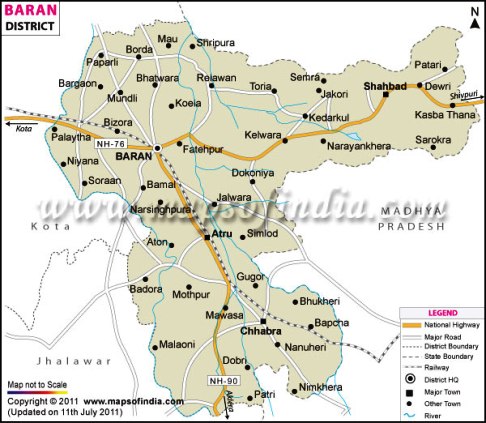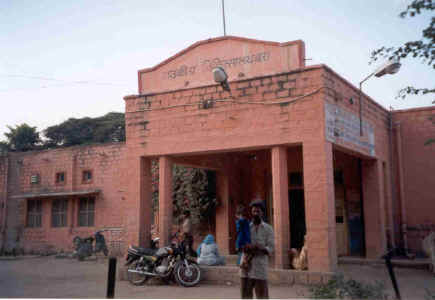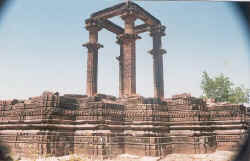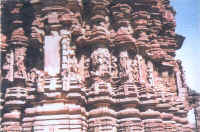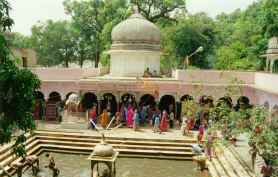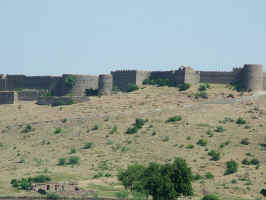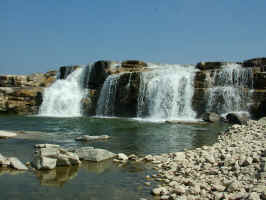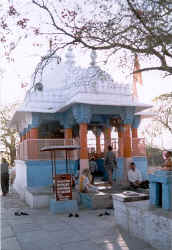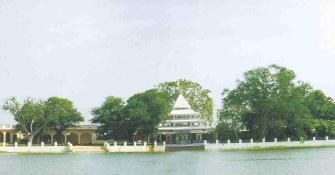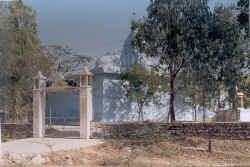
| Home | |
| LDM Office | |
| Central Bank of India | |
| About Baran | |
| Bank Performance | |
| Bank Schemes | |
| FLCC/FI/SLBC/Nabard | |
| Contact Us |
| About Baran District | ||||||||||||||||||||
There are also saying that since the soils of the area is mostly 'Barani' so it is called 'Baran'. In the year 1948, joint Rajasthan was formed and that time Baran was one of the districts in the joint Rajasthan. On 31st March' 1949, Rajasthan was reconstituted and that time Baran district headquarters was converted into Sub Division headquater of Kota district. It is also worth noting that 'Baran' in urdu means rain and no wonder that Baran has the second highest rainfall in the state after Banswara district. Mini Secretariat (Collectorate), District Baran Civil Hospital, Baran
Location & Geography : The district extends from 24-25' to 25-25' North latitudes, 76-12' to 77-26' east longitudes and 265 mts. altitude. Located on the south-east corner of Rajasthan and being adjacent to Shoepur, Shivpuri and Guna Districts of Madhya Pradesh(M.P.), it forms the boundary of Rajasthan State. It is bounded on North-West by Kota and on South-West by Jhalawar District of Rajasthan State. The maximum length of the district from North to South is 103 Kms. and maximum width from west to east is 104 Kms. The land slopes gently northward from the high table land of Malwa in Madhya Pradesh. It is well watered, drained by rivers flowing in North and North-Eastern directions. There are hills in the South, North and Eastern portion of the district and it is generally fertile. There are hills in the east in Shahabad tehsil, having the highest point, named as Mamooni, which is 546 meters above mean sea level, in the district. These hills form part of Aravali Ranges. Their slopes are gently and steep and they are mostly covered by woods. The land of the district slopes gently from South to North and the drainage is through Chambal and its tributaries.
Minerals : Owing to the absence of metamorphic rocks, no metallic ore of importance except Bauxite occurs in the district. However a variety of non-metallic minerals are exposed, the important of them being sandstone and limestone. Besides, small deposits of red clay, glass-sand, dolomite and kankar are also found. The main mineral of the district is building stone.
Forest, Flora & Fauna : The forest covers an area of 2.17 lacs hectare of the district. These are mainly concentrated in the south-western and central portion of the Mukundra hills having rich forest belt. The main forest found of the district are Sagavan, Kher, Salan, Gargsari. Local wild animals are Panther, Sloth, Bear, Chital, Wild Bear, Chinkara, Samber, Langoor, Jackal etc. Birds found in the district are Bulbul, Sparrow, Peacock, Saras, Teetar etc. Among the poisonous snakes, Cobra, Passel and Viper are common. Water snakes are also seen near the tanks. Crocodiles are sometimes seen in the big tanks and in certain pools in Chambal & Kalisindh rivers.
Irrigation : The irrigation facilities available in the district are mainly in the form of Canals, Tubewells and Wells. The rivers namely Parvati, Kalisindh and Parwan provides an important source of canal irrigation.
Major Rivers :
KaliSindh Bridge - Longest Bridge in Rajasthan
Place of Visit :
|
| Copyrights reserved |
